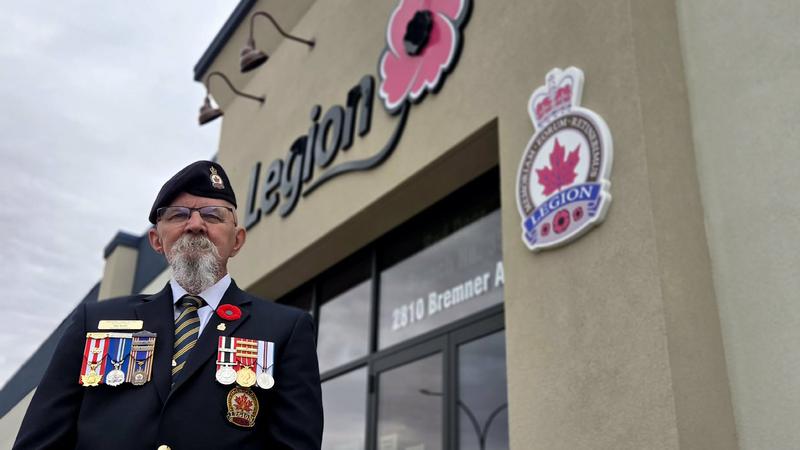
Wild horses advocacy group rescues foal after mother dies in Clearwater County
Volunteers with a central Alberta organization recently faced abominable sights and smells while rescuing a young, wild foal deep in the West Country.
On Aug. 20, members of the Help Alberta Wildies Society (HAWS) located a foal near Cutoff Creek who refused to leave its dead mother’s side for days.
Debbie McGauran says the foal, who was no more than four or five-weeks-old, survived for up to six days by drinking putrid puddle water its mother’s body was lying in. She also says the foal kept busy chasing away birds that tried to peck away at the dead carcass.
McGauran says the foal was discovered by campers in the area who, by chance, came across the scene while quadding. Additionally, the horseback trek to find the foal and the dead mare was potentially dangerous, said McGauran, as apex predators such as grizzlies often feed on dead wild horses.


